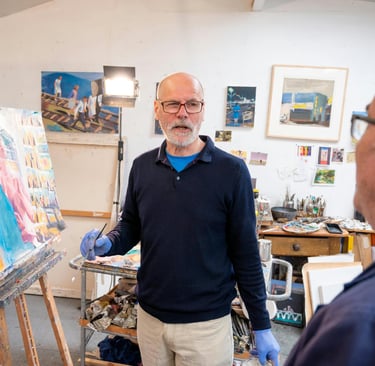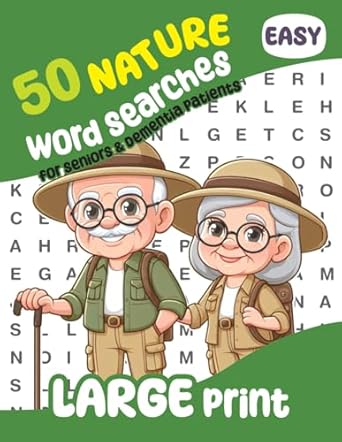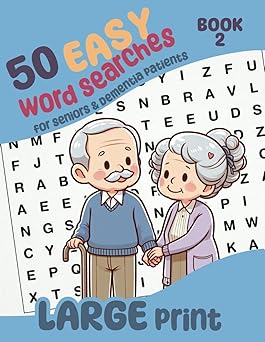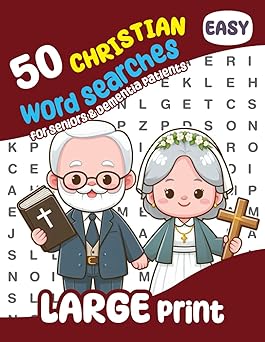The Benefits of Art Therapy for Cognitive Decline
Creativity stimulates multiple parts of the brain and gives people a sense of individuality and purpose. Art therapy is a great tool for improving mood in dementia patients, and possibly slowing cognitive decline.


Art therapy uses creativity to engage and support elders with dementia, providing emotional and cognitive benefits through self-expression. Even as cognitive abilities decline, creativity stimulates the brain, reduces stress, and provides a sense of accomplishment. For those with dementia, art therapy is a useful tool to improve mood and maintain connections. Given the subjective nature of art, skill levels don’t matter; it is the process that benefits dementia patients.
Why Art Therapy Helps
Art engages multiple regions of the brain, including those associated with memory, emotion, and motor skills, which can still be activated in the later stages of dementia. Activities such as painting and drawing encourage the brain to focus, stimulate creativity, and may help to slow cognitive decline in dementia patients.
Simple Painting and Drawing
Painting and drawing are accessible activities for people of all abilities. Using non-toxic watercolors, crayons, and pencils makes the process easy and safe. A single piece of paper and a few colors will suffice to get going without causing overwhelm. For example, painting simple shapes and abstract designs can be soothing. Encourage drawing things that are tied to memories; simple things such as a blue ocean. This can spark conversation and engagement.
Collage and Mixed Media
Collages are ideal for dementia patients with limited motor skills. Gather safe materials such as magazine cutouts, stickers, and textured or colored paper, and some glue sticks. This activity engages tactile senses and encourages decision-making without requiring precision. The theme of the collage can trigger memories, for instance, a collage of flowers could conjure up memories of gardening, stimulating cognitive connections.


Guided Art Projects
Structured projects, like decorating a picture frame or molding simple clay shapes, provide direction while allowing creativity. This is helpful for more reluctant artists. Use pre-made kits and follow the steps with clear and simple instructions. A project such as painting a birdhouse could be done over multiple sessions and will offer a sense of achievement when completed.
Group Art Activities
Dementia-friendly art classes, often offered by community centers or memory cafes, enable social interaction alongside creativity. Group settings provide participants with the opportunity to share ideas and feel connected. Even a small, home-based activity with family members, like coloring together, can create a supportive and joyful environment.
Keep sessions short to suit attention spans
Adapt activities to abilities
Focus on the process rather than the outcome
Maintain a calm environment
Remove distractions
Use non-toxic materials
Remember, this is a fun activity and should be enjoyed by dementia patients and caregivers alike.


Useful Resources
Easy Nature Wordsearch
An easy, large print wordsearch, suitable for elders with dementia or other forms of cognitive decline.
A dementia-friendly wordsearch book with a range of simple themes.
An easy word search book with Christian-themed puzzles. Large print and dementia-friendly.
Easy Wordsearch
Easy Christian Wordsearch
Connect
© 2025. All rights reserved.




